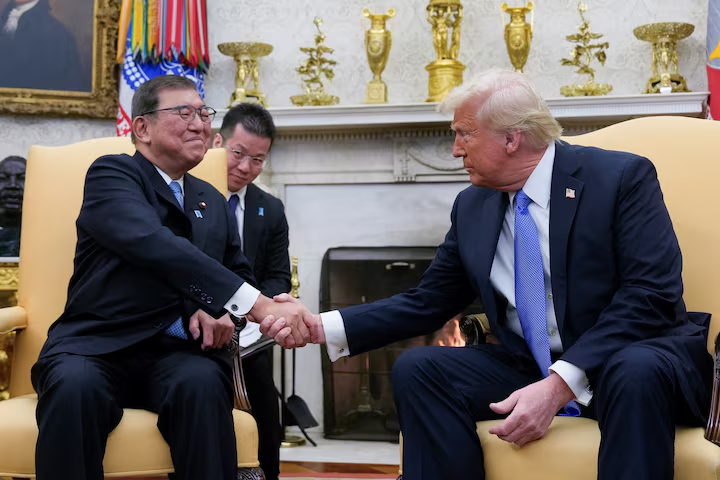Two weeks after a last-minute deal to avoid the worst-case scenario, the U.S. has begun applying a 15% “reciprocal” tariff to most Japanese goods entering the country. This rate is lower than the threatened 25% but five points higher than the 10% rate in place since April.
Disagreements persist over how the tariffs will be implemented. Japan claims it received a U.S. pledge to cap the total tariff at 15% for products currently taxed below that rate, but Trump’s July 31 executive order grants this cap only to the EU. The White House confirmed Japan would not receive the same treatment.
Automobile tariffs remain a key sticking point. Under the July 22 agreement, the current 25% duty would be halved and a separate 2.5% added, resulting in a total of 15%. However, the U.S. has not announced when the reduction will take effect, causing concern in Tokyo.
Japan’s chief negotiator, Ryosei Akazawa, met with the U.S. Commerce Secretary in Washington, urging an immediate cut in auto tariffs. While both sides reportedly agreed that the 15% tariff is not “layered” on top of existing rates, inconsistencies remain due to the deal’s unwritten nature.
Trump has also announced steep new tariffs on other foreign goods — up to 250% on pharmaceuticals, 100% on semiconductors, and 50% on certain copper products. Current U.S. tariffs on Japanese goods include 25% on vehicles and parts, 50% on steel and aluminum, and 15% on most other products.
https://www.japantimes.co.jp/business/2025/08/07/economy/reciprocal-tariff-effective

